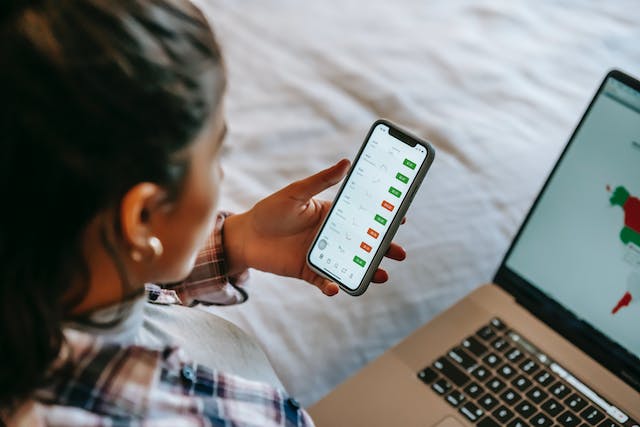Once used as the gold standard for savvy new car buyer price offers to dealerships, the dealer invoice price is the amount a dealership pays to the car manufacturer to buy one of their cars to sell in the showroom. It is, in effect, the wholesale price of the car, which the dealer then sells at retail price in order to make a profit.
Even brief online research will show you that dealer invoice price is frequently very close to the advertised purchase price of the vehicle – generally around 10%. This seems like a very slim margin; taken at face value, it might discourage you from trying to bargain for serious savings, seeing how little space the dealer seemingly has for negotiation.
In fact, dealer invoice price no longer represents a fully accurate picture of the actual cost of a car to the dealership. This is no accident. The coming of the Internet and its ability to provide instant information to practically anyone prompted dealerships and car companies to purposefully obscure the true wholesale cost of cars, in order to weaken the bargaining position of consumers like you.
Understanding Modern Dealer Invoice Price
Before the Internet, dealer invoice price represented the actual cost the dealership incurred by acquiring a vehicle to sell. It was an accurate picture of the price below which the dealership could not go without destroying itself by selling below cost and losing money on each transaction. Consumer reports offered paid access to new car dealer invoice prices, but no more than 1 in 10 buyers ever investigated this amount.
Following the Internet’s appearance on the scene, the modern dealer invoice price is a nominal price only. The dealership may agree to pay this amount, but then receives an immediate discount called a “holdback,” which averages 3% of the invoice price (or, for some companies, the MSRP). The holdback is intended to discount the price to account for the overhead costs of shipping, storing, and advertising the vehicle.
Above and beyond the holdback, dealerships also receive dealer incentives for making sales. The car company pays the dealership a direct cash bounty for each car sold. Additionally, in many instances, this bounty increases in tiers as the dealership passes various thresholds for total monthly sales.
Dealer incentives and holdbacks combine to make the actual cost of a car to the dealership hundreds of dollars lower than the published invoice price. This, in turn, means you may be able to negotiate a purchase price below the invoice price also, since the sum may still be enough to give the dealership a solid profit on the sale.
Working out an Offer from the Dealer Invoice Price
Figuring out what to offer on a new car based on the dealer invoice price involves more guesswork than getting that information from a consumer report in the pre-Internet days. However, a little detective work and basic math enables you to put together a realistic offer which, while below the invoice price, may well be accepted by the dealership.
To figure out the approximate real cost of a car to the dealer, subtract the holdback cost (2.5% to 3% – multiply the invoice price by 0.97 ot 0.975). Then, subtract the dealer incentive. This figure is secret, but you can estimate it around $500 if business at the dealership seems slow to average, and $750 if the showroom seems to be having an exceptionally good year. This gives you a rough estimate of the actual cost to the dealer. Add 3% to 5% to this to give the dealer a profit, and the destination charge, then subtract any rebates you may be offered by the manufacturer. The total that you get is a good starting point for an offer.
Alternatively, if the dealership seems to be moving plenty of cars (indicating high incentives), you can opt to simply subtract 5% from the official dealer invoice price and make an offer on that basis. The amount of resistance the salesmen mount to your offer indicates whether or not the offered price is reasonable. For example, an offer of $28,500 might not be out of place on a vehicle with a listed dealer invoice price of $30,000.
Dealer invoice price is a handy tool for determining how much you may be able to negotiate off the price of a new car. If you’re bargain hunting, the invoice price should represent the ceiling of what you’re willing to pay, and unless the dealership appears ready to reject the offer out of hand, you can quite possibly win a deal on a new car for less than invoice price by hundreds or even one to two thousand dollars if you stand firm.

